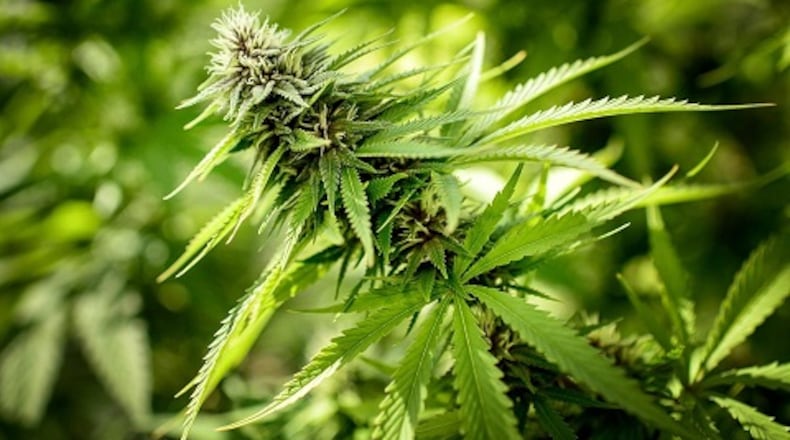Related: Who wants to grow medical pot in Ohio?
“None of it is going to be taxpayer shouldered. It’ll be run by the fees we generate,” Hunt said.
Hunt told lawmakers on Monday that the program would later ask for funding to purchase video monitoring and a closed loop payment systems.
Since marijuana is still illegal under federal law, banks and finance companies are hesitant to provide services. A closed loop payment processing system would work similar to prepaid debit and gift cards so that vendors — and patients — wouldn’t have to use cash. It would also allow for tracking of transactions.
The Medical Marijuana Control Program is jointly managed by the commerce department, pharmacy board and state medical board.
Related: New rules set for medical marijuana use in Ohio
Ohio will issue up to 12 licenses for large-scale cultivators, which can initially operate on 25,000 square feet, and up to 12 for smaller-scale cultivators, which will start with 3,000 square feet. Regulators are currently considering 185 applications for these licenses.
Ohio legalized medical marijuana last year when Gov. John Kasich signed a bill into law that authorizes use by patients with 21 conditions, including cancer or chronic pain, in the form of edibles, oils, patches and vaporizing. Patients and their caregivers will be allowed to possess up to a 90 day supply. Rules are being developed now to define what is a 90-day supply.
Smoking or home growing it is barred.
September 8 is a big deadline for the program. That’s when rules for processors, testing labs, dispensaries, physicians, patients and caregivers are due to be adopted and the program is supposed to be operational. The Medical Marijuana Advisory Committee is scheduled to meet again Aug. 10.
Ohio is among 29 states and the District of Columbia that have legalized medical use of marijuana.
About the Author

